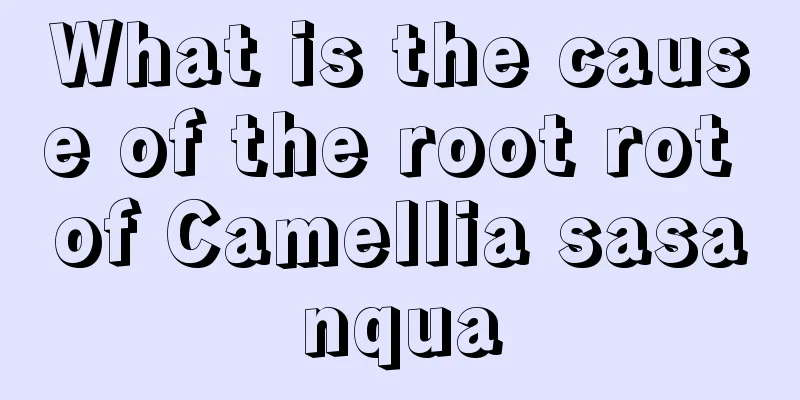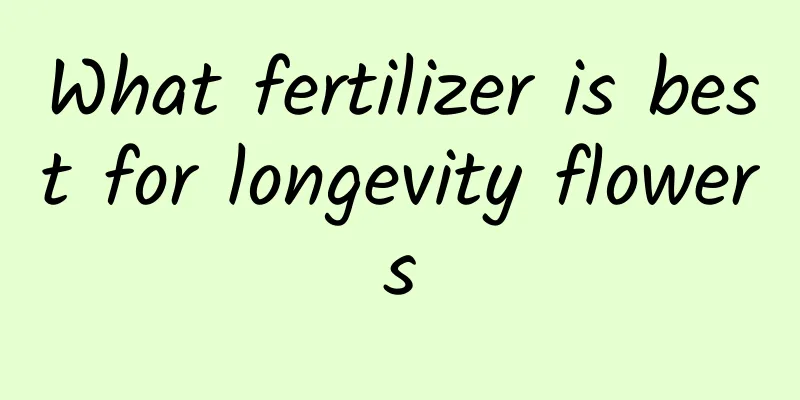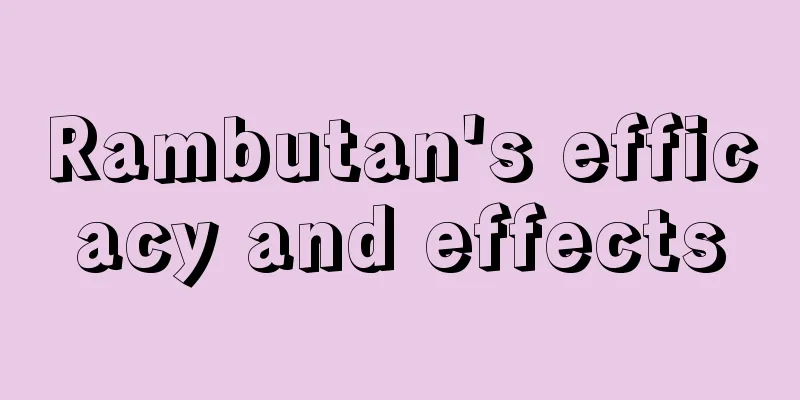What is the cause of the root rot of Camellia sasanqua

The reason why Camellia sasanqua root rots - pot soilIf the potting soil is not chosen properly, the roots of Camellia sasanqua will easily rot. This is mainly due to two reasons: soil and repotting. If there is a problem with the soil, there are two reasons. One is that the soil's pH is not suitable, and the other is that the soil is not loose and breathable enough. Camellia sasanqua prefers acidic soil, so when choosing potting soil, do not choose highly alkaline soil. In addition, the soil needs to be loose and breathable, rich in humus, and mountain soil is more suitable. A certain amount of pine needles or river sand can be added to facilitate the growth of the roots of Camellia sasanqua and reduce the occurrence of root rot. If there is a problem with the flowerpot, you need to look for the cause in terms of texture and size. Generally, clay pots are the best for planting camellia sasanqua, followed by purple clay pots. Porcelain pots are less suitable. In terms of size, the main thing is to ensure that the Camellia sasanqua plants can grow well and facilitate the extension of the root system. The reason for the root rot of Camellia sasanqua - fertilizationThe main reason why fertilization causes root rot in Camellia sasanqua is that the fertilizer is applied too frequently and too concentratedly. It is best to fertilize Camellia sasanqua with thin fertilizer, which can be divided into three growth stages. Fertilizing mainly with nitrogen fertilizer in March and April can promote good growth of shoots. In May and June, phosphate fertilizer should be used as the main fertilizer to make the flowers bloom beautifully. It is best to apply compound fertilizer of nitrogen, phosphorus and potassium in September and October. Winter is the dormant period of Camellia sasanqua, so fertilization should generally be stopped. Therefore, when applying fertilizer, in addition to ensuring that the camellia has sufficient nutrients, you also need to pay attention to the degree to prevent the fertilizer from being too concentrated and causing root burns or root rot. The reason for the root rot of Camellia sasanqua - wateringIn fact, the most common reason for the root rot of Camellia sasanqua is too much watering. Camellia sasanqua needs a lot of watering when it is growing vigorously, but there must be a limit, so it is best to water it according to the dryness and wetness of the potting soil. This involves factors such as climate, the size and texture of the flowerpot, the growth environment, etc. Basically, you should water the plant when the surface of the soil in the pot becomes dry. Do not water it excessively, otherwise the roots will rot. In addition, if watering is needed in winter, the water temperature cannot be too low. |
<<: What to do if Ligustrum root rots
>>: What to do if the money tree has root rot
Recommend
Bitter melon planting technology and management methods
Bitter melon is a popular vegetable, and consumer...
What flowers are suitable for rectangular shallow flower pots? What flowers look good in rectangular flower pots?
What flowers are suitable for planting in rectang...
The efficacy and function of Dipsacus asper
Medicinal value This is its most well-known funct...
The difference between taro and money tree
1. Difference Money tree is also called the money...
How to repot agave
1. How to replace the basin It should be changed ...
How to care for Pyracantha in winter
Is Pyracantha afraid of frost? Firethorn is not a...
How to sow Cassia tora
Introduction This is a form of sexual reproductio...
How to grow potted purple bamboo plum
1. Breeding environment 1. Temperature: Purple Ba...
How to fertilize asparagus fern
1. How to fertilize During the growing period of ...
Can purple bamboo plum be grown in water?
1. Prepare the container Get a container of suita...
What kind of fertilizer is good for yam base fertilizer application method
Effect of yam base fertilizer Since yam grows slo...
Yield per mu of Polygonatum sibiricum planting
The cultivation prospects of Polygonatum sibiricu...
What are the plants with special abilities?
1. Dancing Grass As the name suggests, dancing gr...
What fertilizer is good for growing garlic (garlic fertilizer)
1. What kind of fertilizer is good? Garlic requir...
A 20-cm indoor bay window can also be turned into a large garden with flowers blooming all year round!
Which flowers should I choose to plant? If you wa...









